Ahead of the second release of treated radioactive wastewater from the Fukushima nuclear plant (Thursday 5 October), the following University of Portsmouth expert is available to address concerns and misinformation. Jim Smith, Professor of Environmental Sciencehttps://www.port.ac.uk/about-us/structure-and-governance/our-people/our-staff/jim-smith Professor Smith was editor…
Tag: fukushima
Using snakes to monitor Fukushima radiation
Ten years after one of the largest nuclear accidents in history spewed radioactive contamination over the landscape in Fukushima, Japan, a University of Georgia study has shown that radioactive contamination in the Fukushima Exclusion Zone can be measured through its resident snakes.
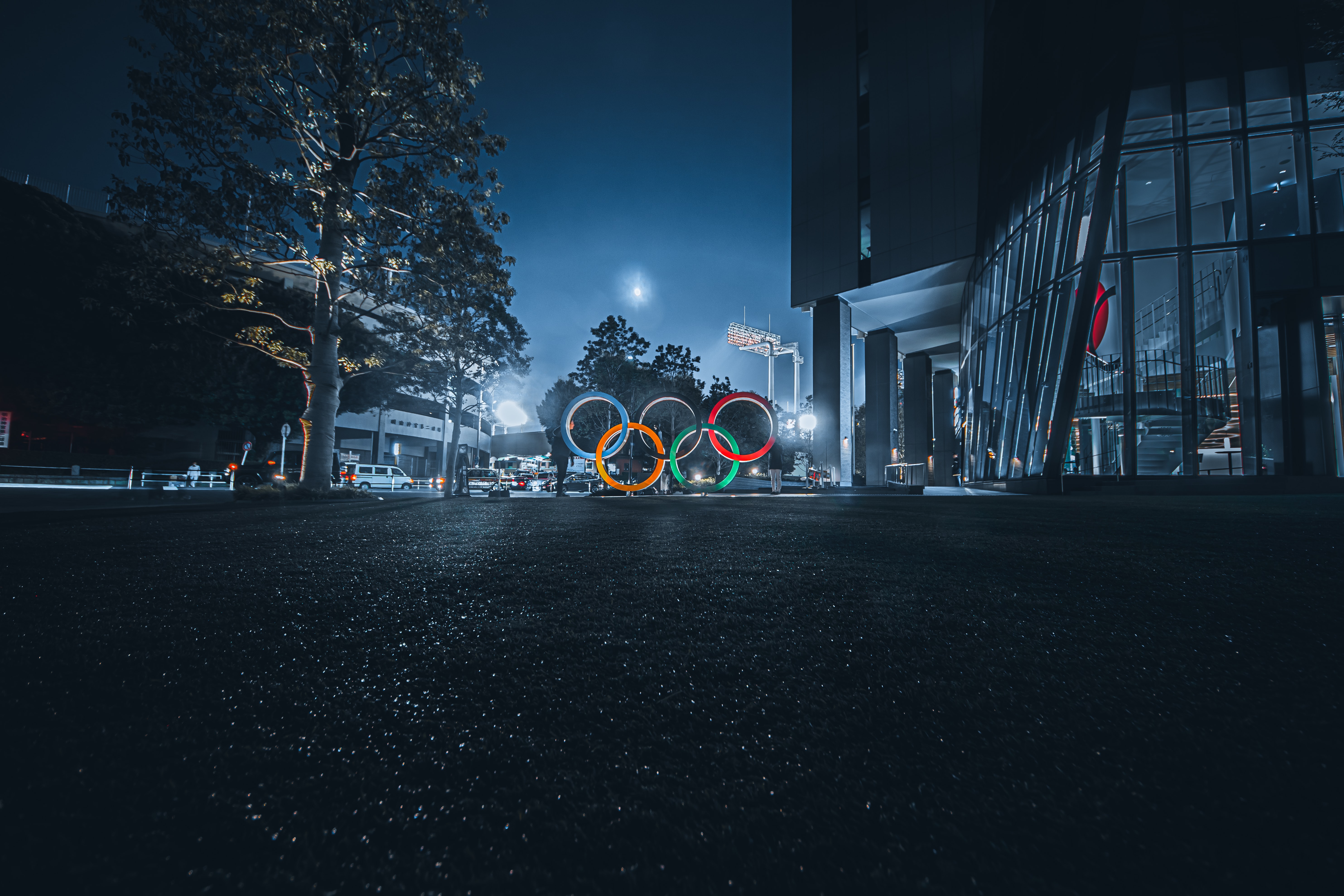
UAlbany Experts Available to Discuss the Tokyo Olympics
ALBANY, N.Y. (July 20, 2021) – The Tokyo 2020 Olympics are finally scheduled to start this week after being postponed last year, just as new coronavirus cases in the region have surged to a six-month high. A number of athletes…
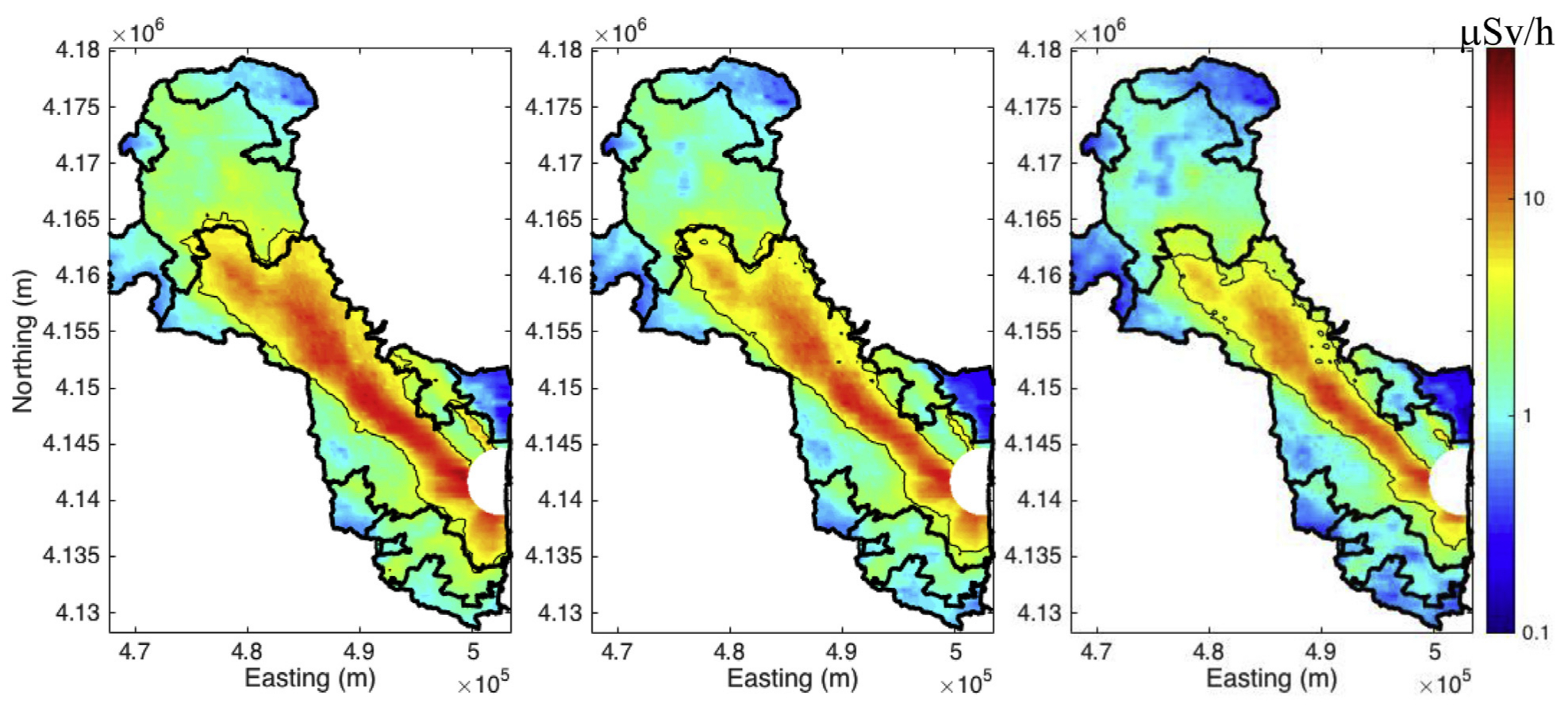
Berkeley Lab’s Advanced Monitoring Capabilities Still in Use 10 Years After Fukushima Earthquake and Nuclear Power Plant Disaster
The events following the Fukushima disaster, a decade ago, drew upon Berkeley Lab’s long-standing expertise in radiation measurements and safety, and led to the creation of long-term radiation-monitoring programs, both locally and in Japan, as well as a series of radiation surveys and technology demonstrations including drone- and helicopter-based surveys, and vehicle-based and hand-carried measurements.
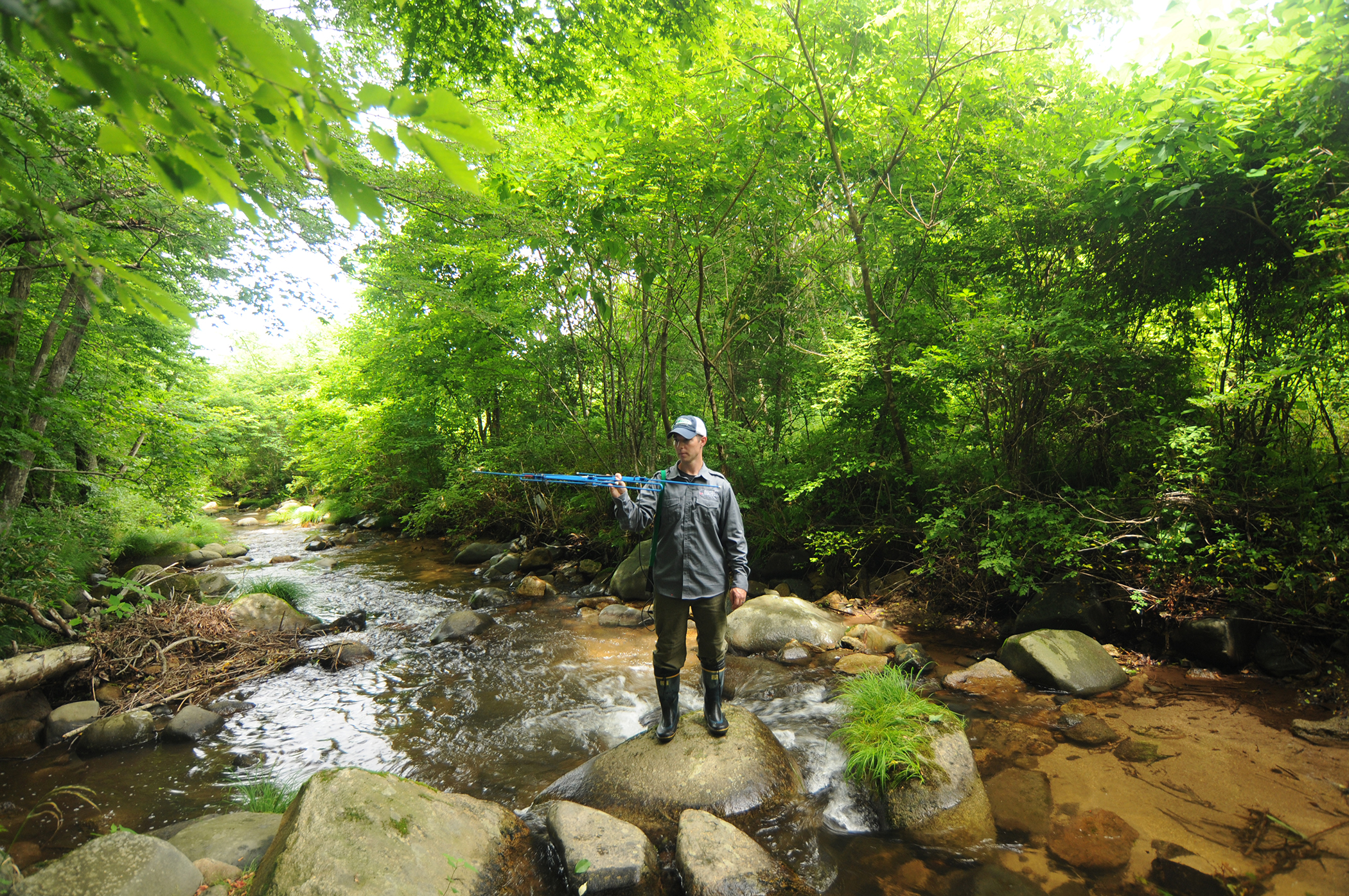
10 years after Fukushima, animals reclaim the landscape
In the decade since a tsunami washed over the Fukushima Daiichi Nuclear Power Plant in Japan, triggering the second-largest nuclear disaster in history, the surrounding towns have struggled to return to normal. But that’s not the case for the wildlife living in the area.
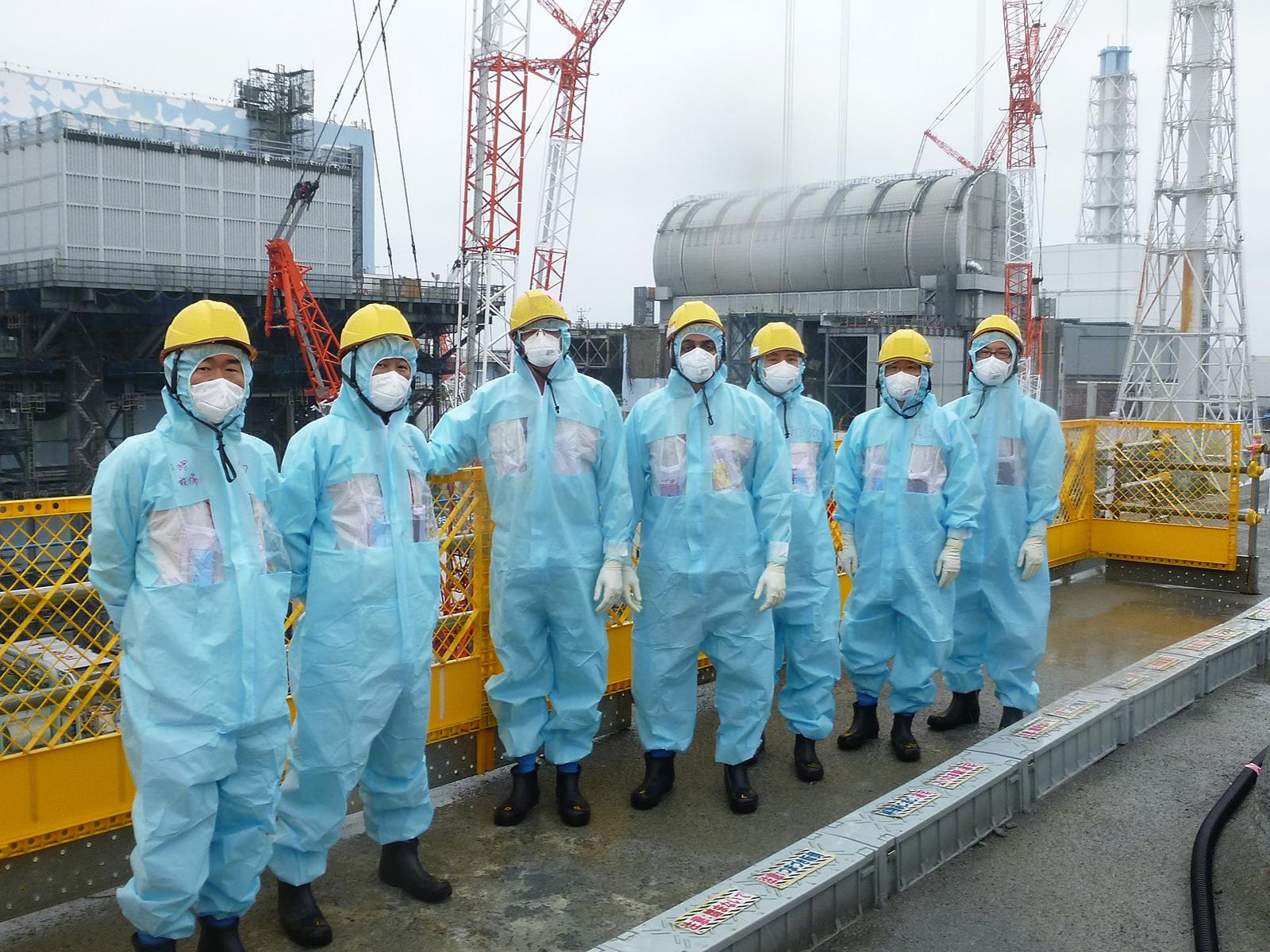
Radiation Knows No Bounds—but Builds Strong Bonds Between Two Communities
On the looming 10th anniversary of the Fukushima disaster at the Daiichi Power Station in Japan, PNNL looks back at the science and solidarity it has shared with Fukushima and its nuclear cleanup effort.
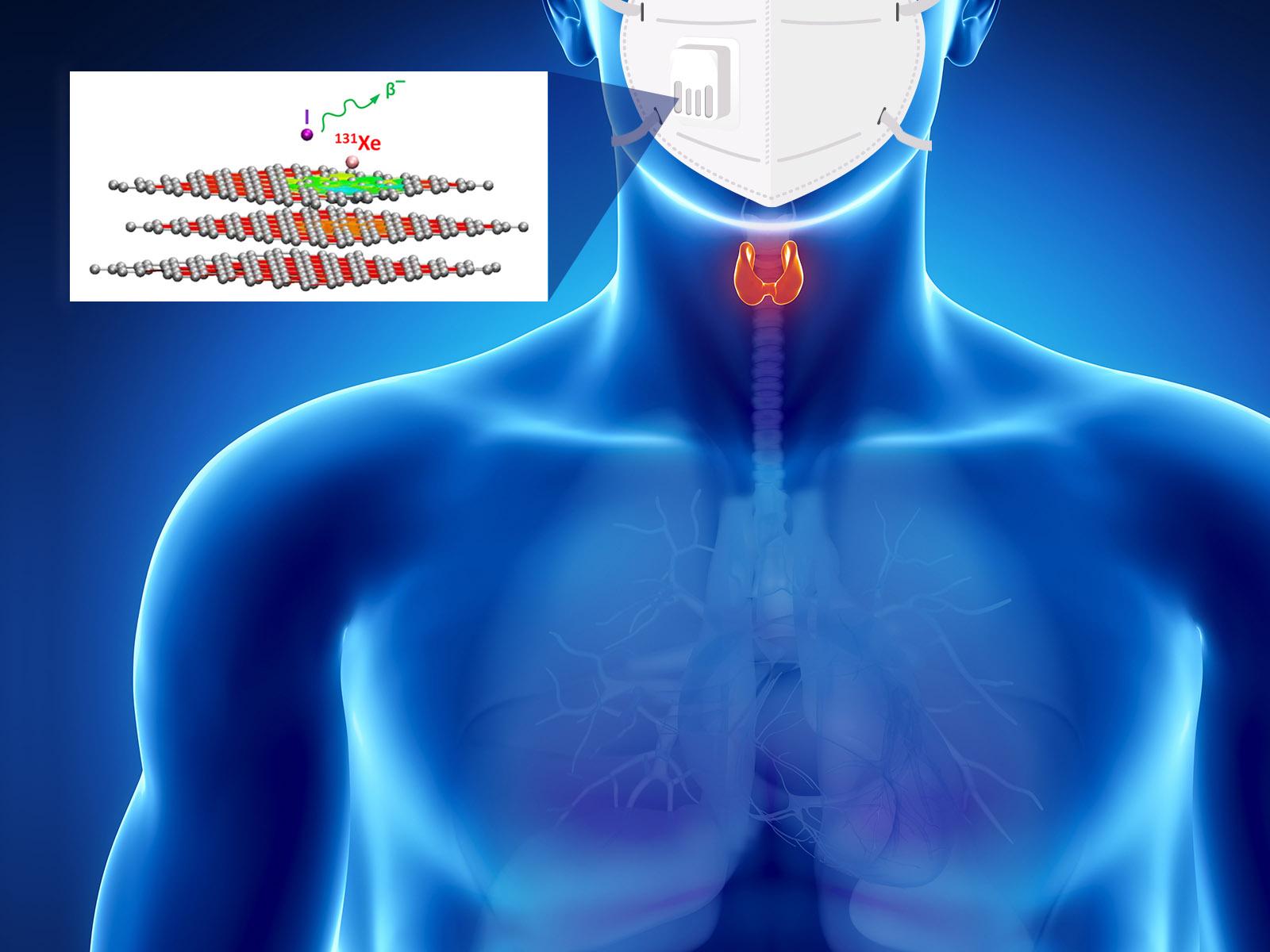
PNNL Researchers Track Radioiodine’s Chemical Evolution
PNNL researchers are examining the volatile radioisotope iodine as it evolves in the atmosphere and as it lands on a filtering surface. A more detailed understanding of the interactions and chemical evolution of radioiodine could help first responders’ decision-making after the release of volatile iodine into the environment, which happened following nuclear power plant accidents in 1986 at Chernobyl and in 2011 at Fukushima.